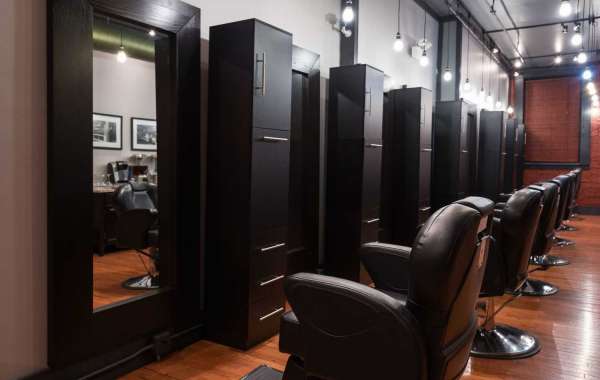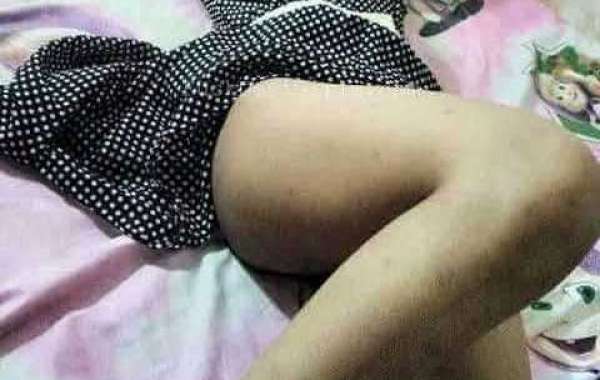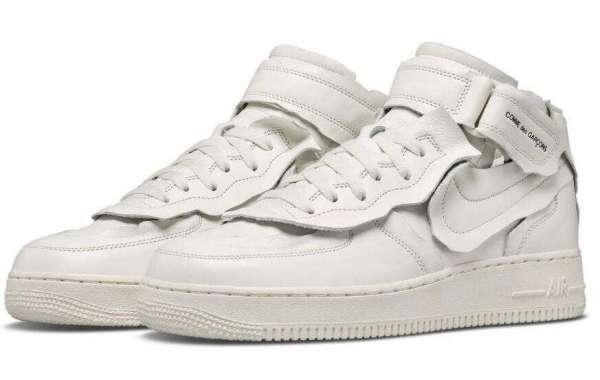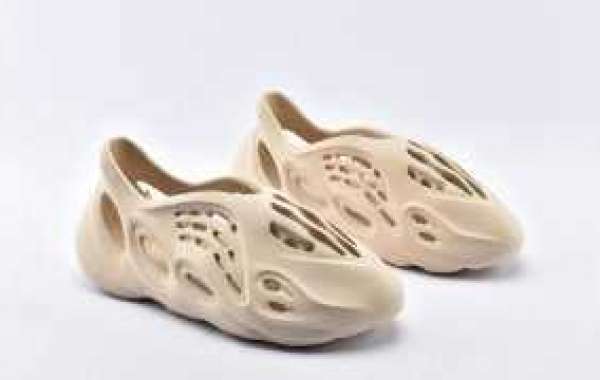A lot of us are familiar with the embarrassment of having dandruff, massive hair loss, too dry or too greasy hair, and those split ends that seem to hunt us on bad hair days. These are some of the many common hair and scalp conditions that people usually experience. And even though people try their best to take good care of their hair, they usually end up with unpleasant results.
Well, it is not that easy to take good care of your hair, especially that your hair is usually experiencing risks of damage, in fact, a lot of these risks come from the most unexpected things that we do like washing hair too often, using hair products, swimming, or exposing hair to the sun. these activities may sound usual and innocent, but dermatologists may have a different opinion.
Healthy vs. damaged
Hair is usually treated as a beauty factor, with fashion trends changing every season, a lot of hair trends and treatments are used. Hair damage is a lot more than split ends, and an unpleasant look.
Hair is a protein filament, which is a long chain of protein, it is a structure consisting of many layers. When your hair is damaged, the protective outer layer of it is attacked leaving cracks on its exteriors, which puts the inner layers in danger, and that’s when you notice unusual symptoms such as split ends and a dull look.
Regardless of hair texture, healthy hair should look naturally shiny, smooth, easy to brush, and hard to frizz when exposed to water or moisturizers. There are a lot more signs that tell you how healthy your hair is.
Hair problems vs. scalp problems
People tend to take care of their hair, but scalp health is usually taken for granted, which can cause confusion when it comes to hair and scalp problems. People usually mistake scalp problems and diseases for hair damage, which leaves us with more unsolved problems and a desperate need for treatment.
The most common scalp problems are dandruff, seborrheic dermatitis, which is a severe case of dandruff where you notice redding of the scalp and a lot of oil, and ringworm, which is an infection that leaves rashes and hair loss patches on the scalp. These conditions require professional medical help, so it is better to check with your doctor in case you notice such a condition.
Hair damage conditions are different, you may need professional help for it in severe cases. The most common conditions are dryness, greasy hair, gray hair, split ends, and hair loss.
What is my hair type?
It is really important to know what your hair type is, in order to find the best treatment for it. A wrong hair treatment could damage your hair even more, and that could leave you with tons of hair problems. Hair type is determined by your hair curls, which you get genetically. These are the basic four hair types:
- Type 1: straight hair
Straight hair usually has no natural curls and falls without waving, it tends to get oily, so we wouldn’t recommend shampooing it too often, because that could cause your scalp to produce more oil. You can choose products that go well with your hair type, or you could ask your doctor for more information.
- Type 2: wavy hair
Wavy hair usually has some loose and undefined waves, it is also straight at the roots and more wavy at the bottom. Creamy and oily products could suit your hair.
- Type 3: curly hair
This hair type has some more defined curls, its curls could be wide and thick. When treating this type of hair, it is better to avoid sulfate and silicone products.
- Type 4: coily hair
This type of hair has really thin coils, it is usually dry and in need of moisture. You can use coconut oil to treat this type of hair, as well as using oily-based conditioners.
What causes hair damage?
As we mentioned before, a lot of factors could cause hair damage, some of them are caused by our actions, others are not. The most common causes of hair damage are:
- Dying your hair.
- Bleaching your hair.
- Using heating tools.
- Waiting too long to cut your hair.
- Washing your hair too often.
- Using the wrong shampoo.
- Exposing hair to the sun, wind, or dry ear.
- Poor nutrition.
- Medication, which could affect your hair badly.
- Brushing your hair wrong.
- Using the wrong hair tie.
- Using heat on dirty hair.
- Exposure to chlorine and saltwater.
- Using the wrong towel.
- Lack of hydration.
There are so many factors that could affect your hair, but the damage could be repaired.
How to know if your hair is damaged?
Your hair could actually tell you what it needs, all you have to do is notice its changes. There are a lot of signs of damaged hair that we usually ignore, such as:
- Split ends.
- Dull appearance.
- Your hair tangles.
- Your hair is dry.
- Your hair is too greasy.
- Your hair is frizzy.
- Your hair is breaking.
- Your hair is brittle.
- You are experiencing more hair loss.
- Your hair is stretchy.
It is usual to ignore these signs, but you could avoid a long hair treatment process if you started your treatment at an early stage.
What are the ways to get healthy hair?
Treating damaged hair could require professional help, but there are some things that could help you keep your hair as healthy as possible. Here are some tips that could help you get healthy hair:
- Wash oily hair more often.
- Wash dry hair less often.
- Place the shampoo on your scalp.
- Place the conditioner on the tips of your hair.
- Choose shampoos and conditioners that are formulated especially for your hair type.
- Brush your hair carefully and gently.
- Notice your hair changes, and act based on them.
- Choose the right towel for your hair.
- Choose styling products that match your hair type.
- Visit your hairdresser for a new haircut more often.
- Try not to use heat and enjoy your beautiful natural hair.
- Protect your hair when swimming.
- Avoid dying your hair.
- Avoid bleach.
- Eat healthily.
- Drink a lot of water.
- When applying hair treatments, go to a professional.
- Use natural oils as moisturizers.
- Be patient when dealing with your hair.
- If needed, get medical help.
There is a lot you can do to protect your hair from damage, just pay attention to the small details of your everyday life and hair care routine. Haircare isn’t really a complicated process, all you need to do is to notice changes in your hair, and get the needed help when necessary.
You should also know that it takes a long time to get that healthy hair look of your dreams, it might be a lot of effort, but in the end, the results will amaze you.
Your hair could be your greatest accessory, but it needs care and love to grow into that beautiful and shiny look. So, remember to pick your products carefully, choose the right timing, and give it the time it needs to heal. Check with your doctor and dermatologist, and start your process to get that perfect hair look you always wanted.









